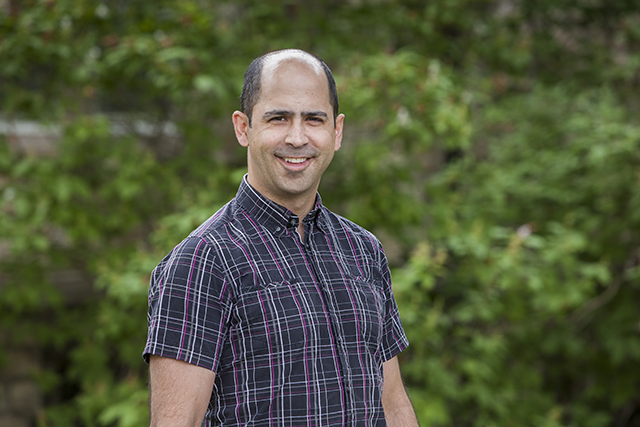
LFCE will secure future of cattle production
When Ryder Lee talks about the Livestock and Forage Centre of Excellence (LFCE), what gets him most excited about the project is how it will affect the bottom line of cattlemen across Saskatchewan.
By HenryTye GlazebrookAnd as CEO of the Saskatchewan Cattlemen’s Association (SCA), the financial stability and economic growth of livestock producers is an important issue in Lee’s mind.
“The thing about the LFCE is it’s taking research into cattle health, management and forage production … and taking that to the next level — renewing it, improving it and integrating it. That’s so important for cattle producers,” he says.
The LFCE is a project being constructed by the University of Saskatchewan that will unite all areas of livestock and forage research under a single complex of field laboratories and science labs. The outcome will be a centre that provides researchers, students, faculty, industry and producers with strengthened supports for their ideas and work.
For Lee, that outcome means improved livestock production and profitability for SCA members and beyond. He looks to the potential improvement in feeding as just one of countless areas that could see a surge of new and quantifiably better ideas coming out of the LFCE.
“You look at feeding cattle and the different ways to do it better — whether it’s new feed, new ways to feed the things we grow in Saskatchewan and Canada to get more out of the cattle that we have, or ways to address some of the health issues that pop up. How do we deal with those challenges?” he says.
“Once we can find a better way to feed our animals or keep what we feed them in good condition, then that’s a pretty straight line to improving the bottom line.”
One of the key areas where Lee says the LFCE will succeed is in the quality of its foundational planning. Since its steering committee includes researchers and producers from across Saskatchewan’s agricultural community, Lee says the LFCE will be able to more successfully mirror actual cattle production and create better applications.
“We need a place that looks like real-world cattle production so we can figure out the challenges that producers face and come up with answers to those challenges,” says Lee, who is a member of the LFCE steering committee.
“We can’t do that in the lab and we can’t do that on a small scale, because small when it turns into big often isn’t the same thing,” explains Lee. “Making something like the [LFCE] that looks like real-world cattle production is very important because we’ve got to be able to mimic what’s happening today, or come up with things that we can take to real farms and ranches tomorrow.”
Lee also emphasizes how the LFCE will simplify the lives of livestock producers by providing real solutions to problems they face every day.
“If we’re not doing these kinds of things and looking at these questions on a big scale like this, then producers are left to figure out these challenges by themselves. It’s a big enough challenge to keep the place going the way you know how, let alone to try new things — to try to figure out how to solve problems — even problems that are new and emerging,” Lee says.
But what is of greatest importance to Lee is how the LFCE will usher in a secure future for agriculture in Saskatchewan. A research centre of this scale will make the province a powerhouse in livestock and forage research — attracting established research leaders in these fields of study as well as the bright young minds that will someday take their place.
He adds that the LFCE will give producers confidence in facing future challenges.
“Cattle production competes with all kinds of other production. If we’re not able to find out the answers to the challenges of today and tomorrow, then it’s going to be less and less profitable to raise beef cattle in Saskatchewan,” says Lee.
“[By] having a place that can answer those questions and look like real farms, ranches and feedlots, we’ll make sure that the farmers and ranchers of tomorrow can be viable and that it makes sense to be beef cattle producers in the province.”
